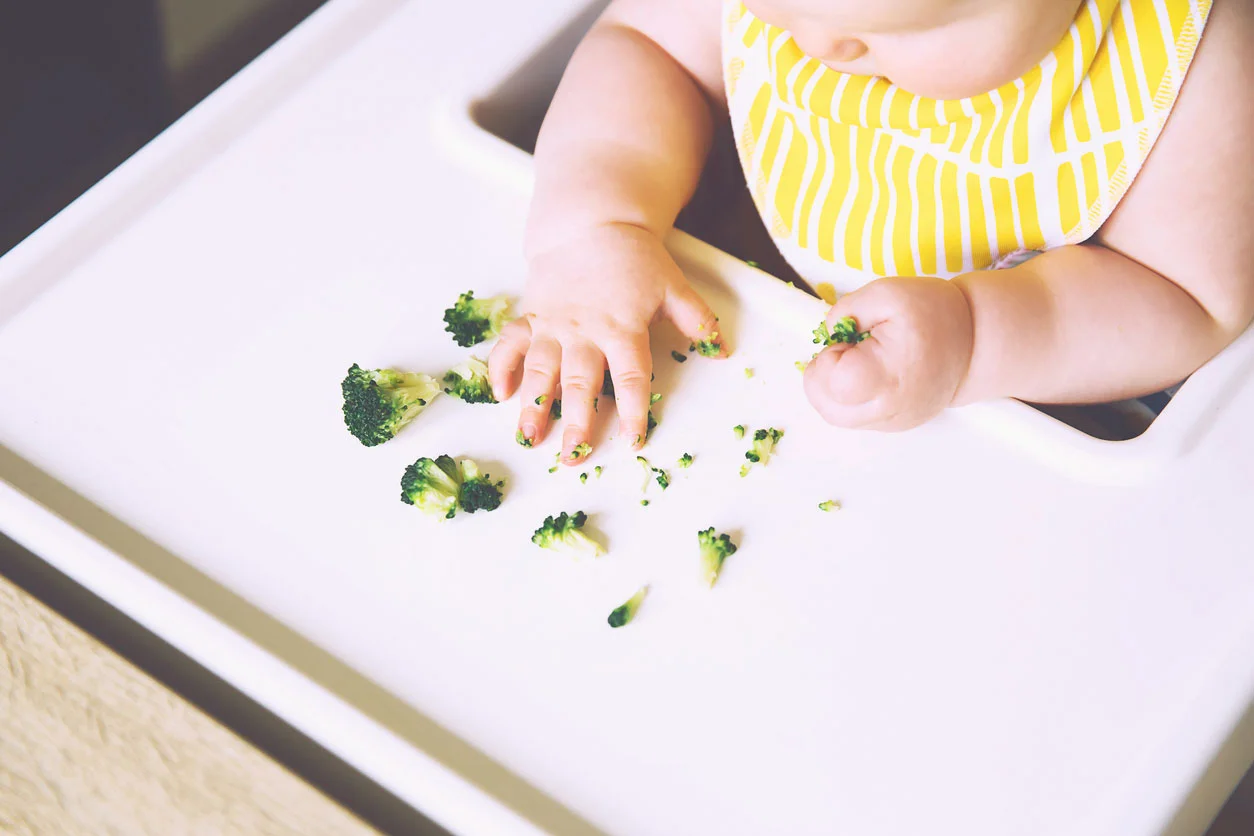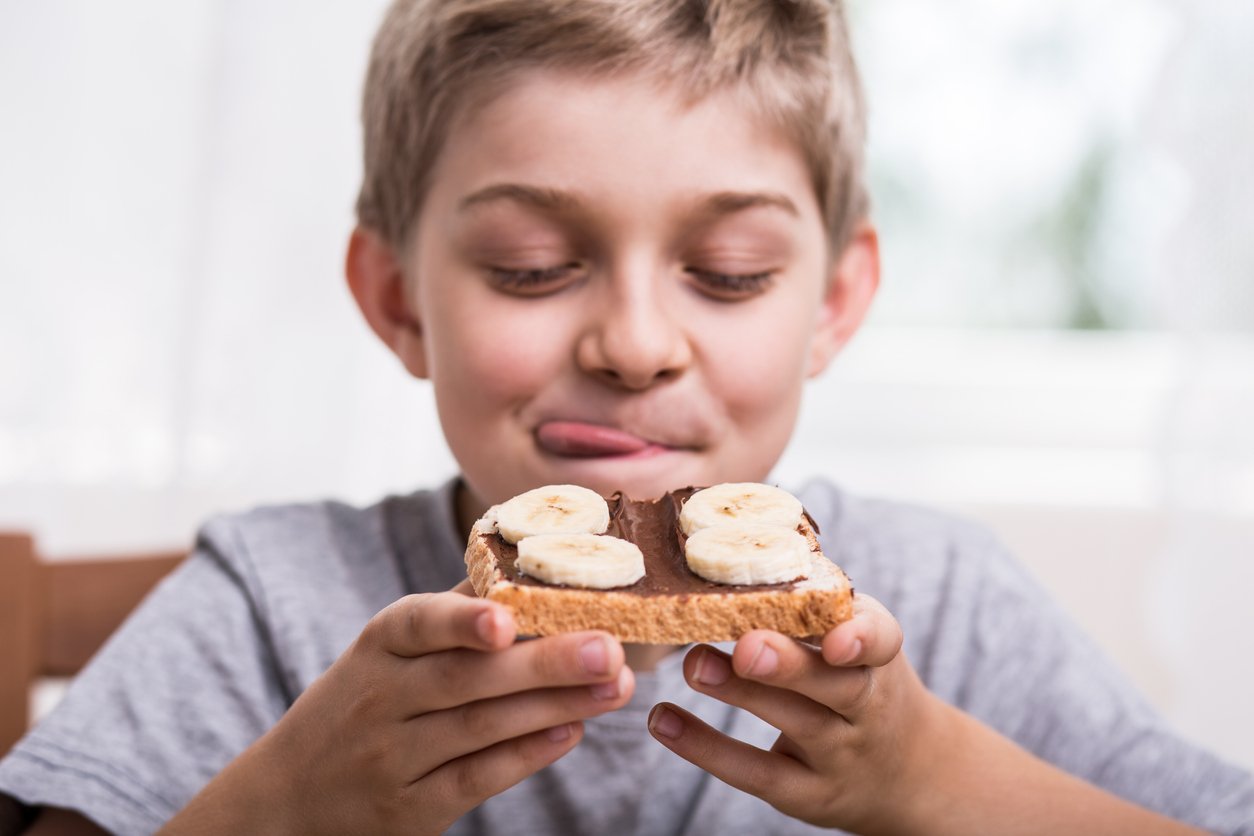When to Start Baby Led Weaning: Feed Your Baby With Confidence
Our baby is just over 5 months, and I am getting excited to begin the process of introducing solids. After having five babies, I have learned a thing or two about when to start baby led weaning, including the fact that babies shouldn’t be rushed into eating.
Instead, when we are more responsive to our babies and introduce solid food when they show signs of readiness to start eating, we are nurturing a positive feeding relationship right from the start.
Introducing Solids Too Early
Starting solids too early or before a baby has reached certain milestones in their development can make eating more difficult for our kiddos and create an aversion to food from an early age.
This can also cause more problematic behaviors in the long-run, including increased risk for picky eating, breastfeeding interference, and strong dislikes toward certain foods as a child grows.
The World Health Organization recommends exclusive breastfeeding during the first six months of an infant’s life, followed by a gradual introduction of food in parallel with continued breastfeeding.
Because the introduction of a baby’s first solid food is an important milestone in infant development, it is helpful to time this when baby is showing signs of readiness.
Generally, it is not recommend to introduce solid food before 4 months; similarly, waiting too long to offer a baby their first solid foods could mean missing a critical window for this big milestone for baby.
So what signs should you look for to know when to introduce solids to your baby?
Developmental Signs of Readiness for Baby-Led Weaning
Your baby may be ready for solids when he or she shows you the following signs, usually seen between 5 - 8 months of age:
Baby has good head control
Baby can sit up well without support
Baby is showing an interest in food and in what others are eating
Baby imitates eating behaviors, such as smacking lips and gumming
Baby has stopped reflexively sticking out his or her tongue
Baby is reaching out for your food
Baby can put his or her hand to their mouth and is developing the “pincer-grasp” (picking up things between the forefinger and thumb)
Remember that every baby will reach these milestones at different times, so be sure to watch your baby for the feeding cues they may be giving you.
Being attentive to these cues and slowly introducing food when your baby is ready is key to making this transition successful.
While your baby may be showing some of these signs, consider waiting to start solids when your baby has reached all of the above developmental milestones. This will make feeding easier from the get-go.
Creating a Positive Feeding Relationship
Mothers play an important role in how a child learns to eat and feel about their body. What exactly is a feeding relationship and how can this be positively structured between a mother and her child, from that very first feed?
A feeding relationship is formed between a mother and her baby or any other primary caretaker who is involved with the majority of the feeding responsibilities.
For the purpose of this article, we are going to focus on a mother’s role in the feeding relationship, with the understanding that fathers and other family members can also serve in this role.
A mother’s feeding style involves both her attitude toward feeding interactions and the feeding practices she may display toward her child, beginning from infancy.
For example, when a mother is responsive toward her baby’s hunger cues and offers breastmilk or formula, she is building trust in the feeding relationship between herself and her child.
This feeding relationship continues as a child grows and the transition to solids is an important milestone in this special journey between mother and baby.
For these reasons, waiting to introduce solids until your baby is ready is important, not just for developmental reasons, but for building ongoing trust in the feeding relationship between you and your child.
Remember, offering our children nutritious foods from baby’s first bite is not the only factor that will help us raise healthy children; our child’s health and wellness are also impacted by the feeding interactions we have with our babies.
Your baby will be eating food for the rest of his or her life, and by introducing solids when they are displaying appropriate signs of readiness, you are creating a nurturing and positive feeding relationship between you and your baby for years to come.












